Description
DEIF SCM-1 Microprocessor-Based Synchronization Control Module – Automatic, safe genset-to-bus synchronizing
The DEIF SCM-1 is a microprocessor-based synchronizing control module designed
to align generator voltage, frequency, and phase with a live bus or another generator, then issue a precise breaker close command. From my experience, it’s a dependable choice for retrofits and new builds where an independent, purpose-built synchronizer is preferred over a fully programmable PLC approach. One thing I appreciate is how the SCM-1 typically handles the “raise/lower” pulses for governor and AVR, letting you achieve smooth, repeatable synchronization without overcomplicating the panel.
You might notice that it pairs neatly with DEIF load sharing modules (like LSM-series) in multi-gen systems, but it also works perfectly as a standalone synchronizer in single set-to-mains applications. A shipyard customer told us their changeover time dropped noticeably after replacing manual synch-check with the SCM-1—less operator guesswork, more consistent transfers.
Order Placement Process & Guarantees
- Warranty: 365 days
- Delivery: 1 week if in stock; no more than one month at the latest
- Payment: 50% advance payment; full payment prior to delivery
- Express options: FedEx, UPS, DHL
Key Features
- Microprocessor-based synchronizing logic – Consistent timing and repeatability in most operating conditions.
- Frequency & phase matching – Aligns slip and phase angle within adjustable windows before issuing the close command.
- Voltage matching – Coordinates AVR raise/lower pulses so the generator voltage tracks the bus voltage smoothly.
- Raise/Lower outputs for governor & AVR – Simple pulse outputs typically used for speed and voltage control.
- Breaker close with lead compensation – Anticipates breaker closing time to land on target phase angle.
- Dead-bus & live-bus checks – Helps ensure safe closing sequences and reduces operator risk.
- 50/60 Hz compatible – Suitable for global deployments without redesigning the panel.
- Standalone operation – No PLC required; typically wired directly to governor/AVR and breaker circuits.
Technical Specifications
| Brand / Model | DEIF SCM-1 Synchronization Control Module |
| HS Code | 8537.10 (Boards/panels for control, ≤1000 V) |
| Power Requirements | Typically 24 V DC control supply (commonly 18–36 V DC range; confirm on nameplate) |
| Operating Temperature | -20 °C to +70 °C (typical for DEIF control modules) |
| Signal Input / Output | AC voltage sensing for generator and bus (50/60 Hz; via PTs where required). Raise/Lower outputs for speed & voltage control, plus breaker close command relay; sync permissive/sync-check output typically available. |
| Communication Interfaces | None (standalone synchronizer; no fieldbus as standard) |
| Installation Method | DIN-rail mounting inside control panel; front-access screw/plug-in terminals (varies by version) |
| Dimensions & Weight | Compact module form factor; typically under 0.5 kg (verify exact outline for your variant) |
Application Fields
The SCM-1 is commonly used in:
- Genset-to-mains synchronization for standby and prime power systems
- Generator-to-bus synchronization in islanded power plants with multiple sets
- Industrial cogeneration and CHP where soft transfers reduce process impact
- Marine switchboards (aux gensets, harbor-to-ship transfers)
- Oil & gas sites, data centers, hospitals, and utilities requiring controlled re-energization
Advantages & Value
- Reliability first: Stable synchronization logic reduces mis-closing risks and helps protect switchgear.
- Compatibility: Works with typical governors and AVRs (raise/lower control), so retrofit wiring tends to be straightforward.
- Cost-effective: A focused synchronizer often costs less and installs faster than PLC-based schemes for similar outcomes.
- Scalable: Combine with DEIF load sharing modules when you add more gensets later—keeping the control concept consistent.
- Supportable: Clear terminal labeling and familiar DEIF logic make maintenance simpler for on-site teams.
Installation & Maintenance
- Panel environment: Mount on 35 mm DIN rail in a clean, dry control cabinet with adequate ventilation; keep away from high-EMI cabling where practical.
- Wiring practices: Use shielded twisted pair for sensing where appropriate; segregate low-level signals from power circuits; follow correct phase sequence to avoid sync rejection.
- Protection coordination: Confirm PT ratios, breaker close time, and sync windows during commissioning; verify dead-bus logic before live operation.
- Routine checks: Periodic terminal tightening, dust removal, and function tests (dry-run sync checks) typically keep performance stable.
- Firmware/config: Some units are fixed-function; if your variant supports configuration tools, back up parameters and control setpoints after commissioning.
- Safety: Only qualified personnel should work on live systems; lockout/tagout applies during rewiring or breaker work.
Quality & Certifications
- CE marked and designed for industrial EMC environments (EN 61000 series, typical for DEIF products).
- RoHS compliant manufacturing; ISO 9001 quality system at the producer level.
- UL/Marine approvals may vary by hardware revision; we can verify against your ship/class or regional demands.
- Warranty: 365 days from delivery.
If you’re replacing a legacy synchronizer or moving from manual synch-check to automated closing, the DEIF SCM-1 seems to be a solid, low-drama upgrade. Share your governor/AVR models and breaker close time, and we’ll align parameters so the first trial sync behaves the way you expect.

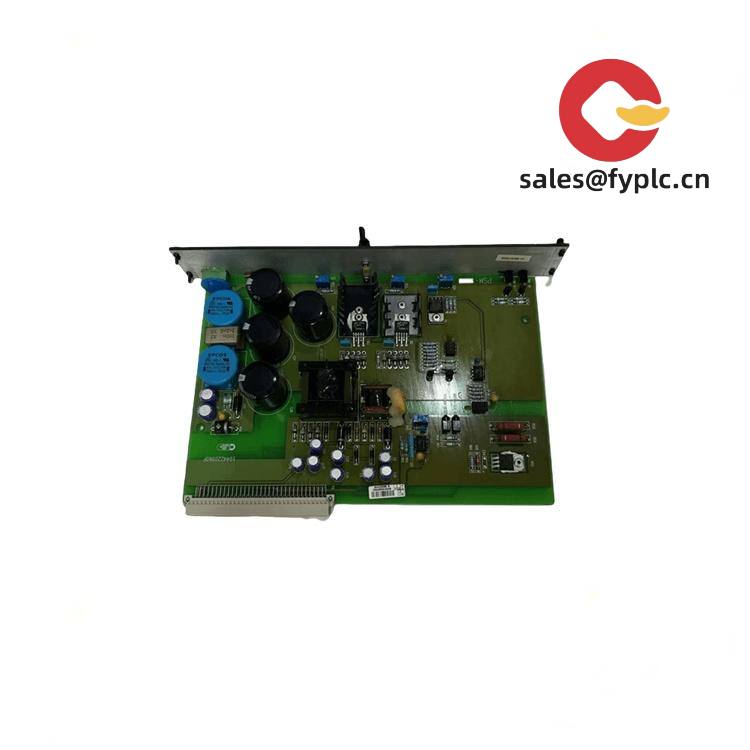
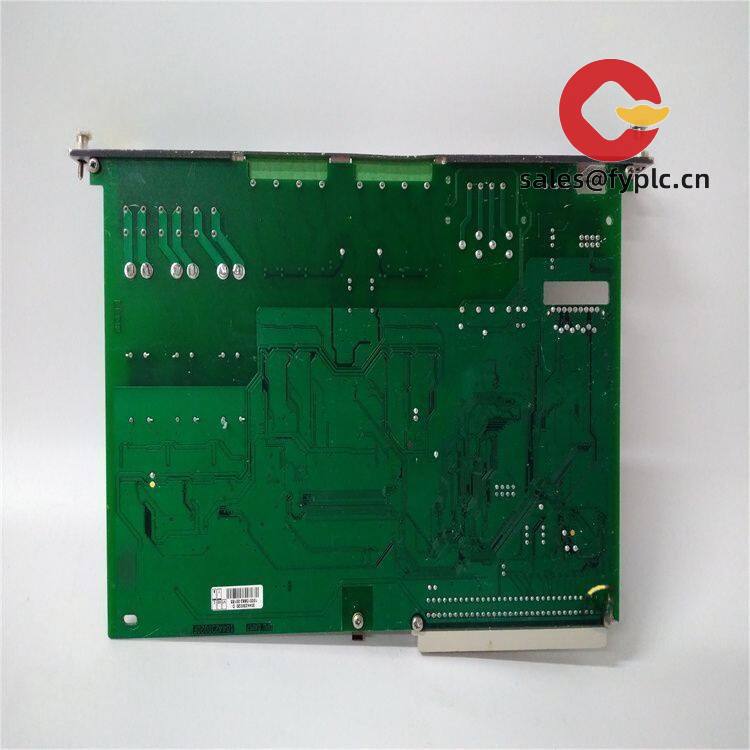
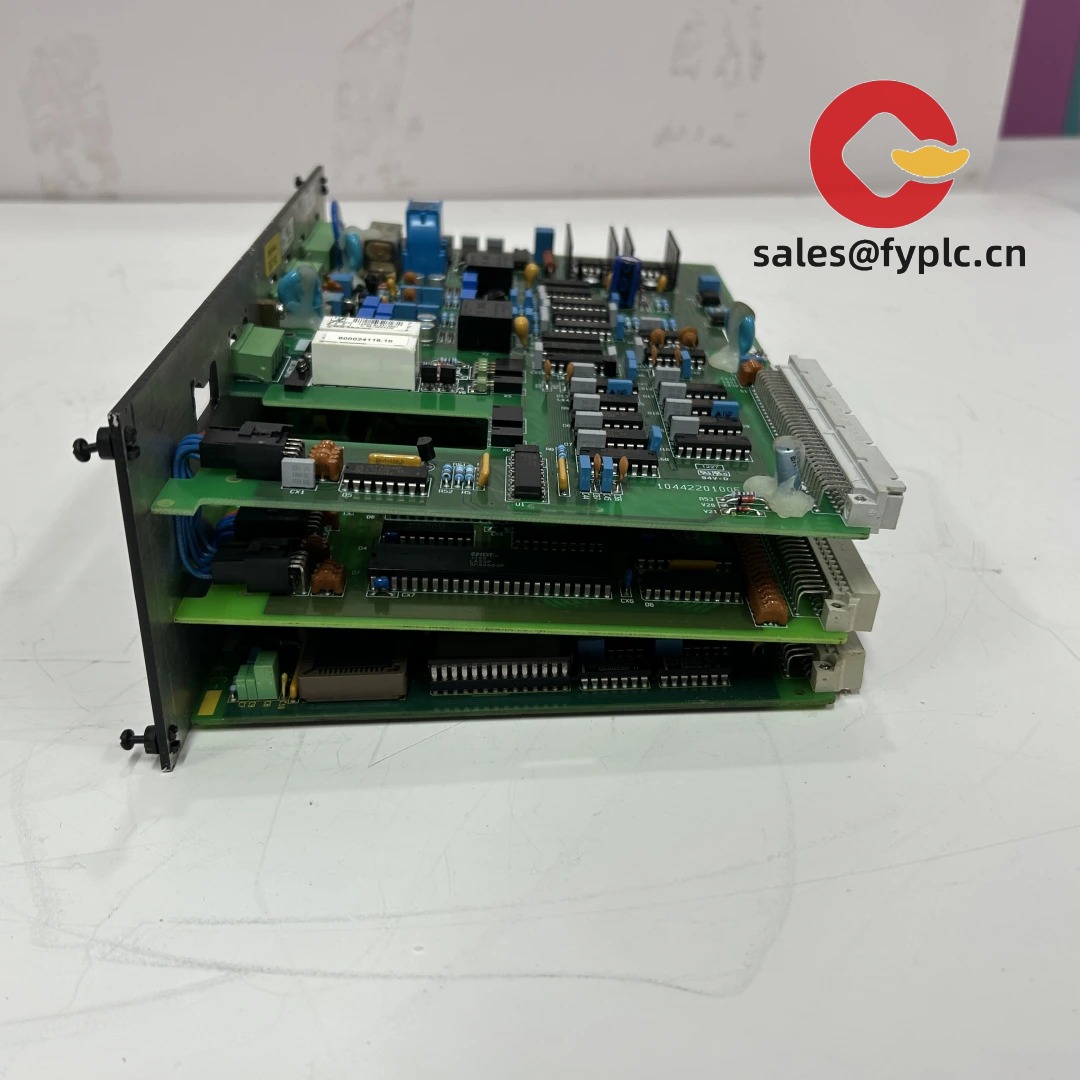

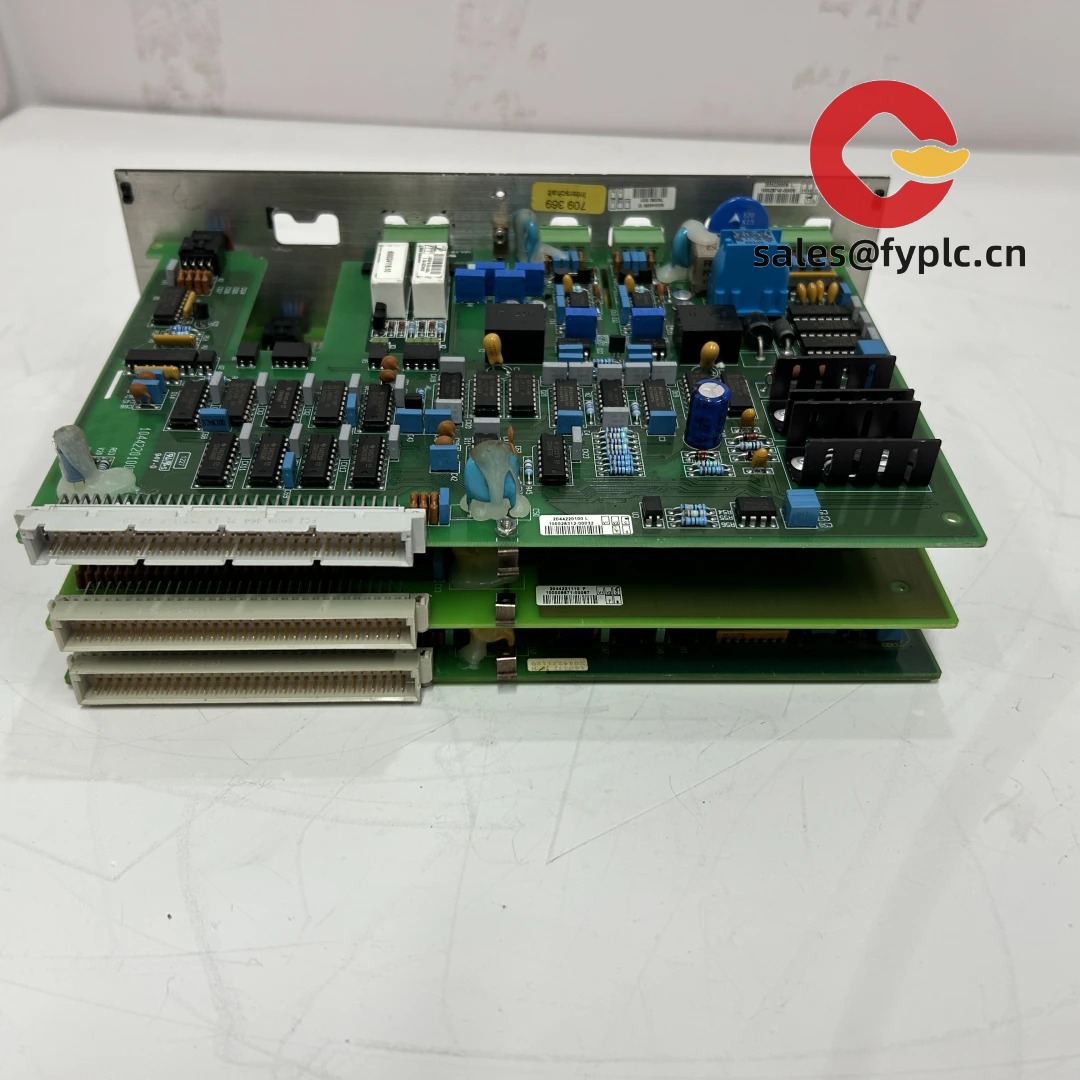



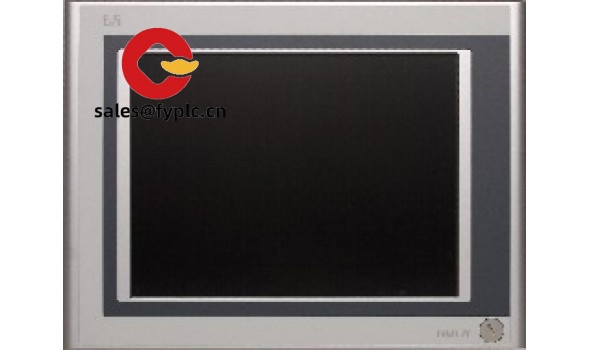

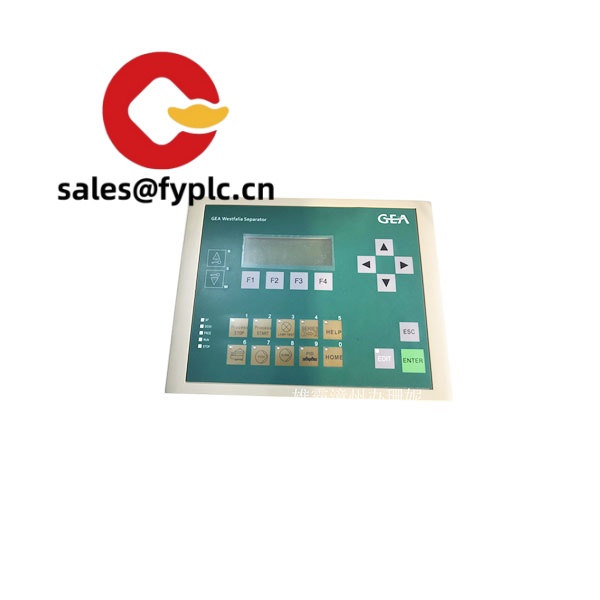
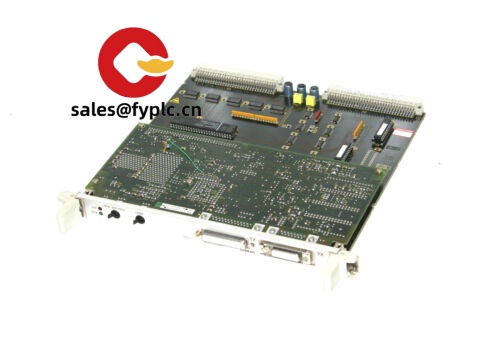

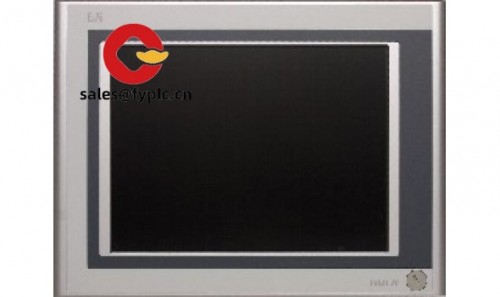
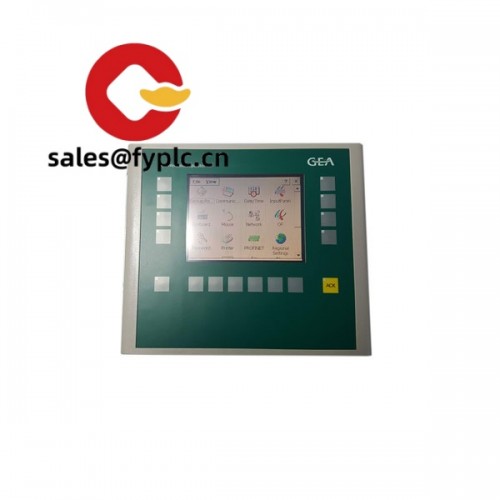



Reviews
There are no reviews yet.